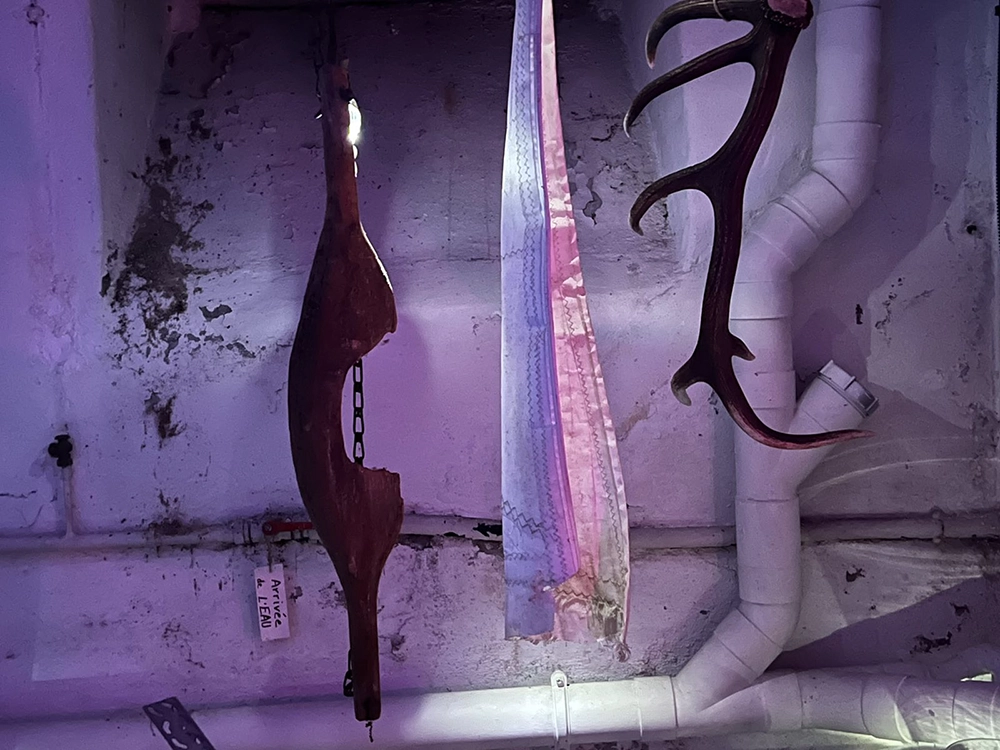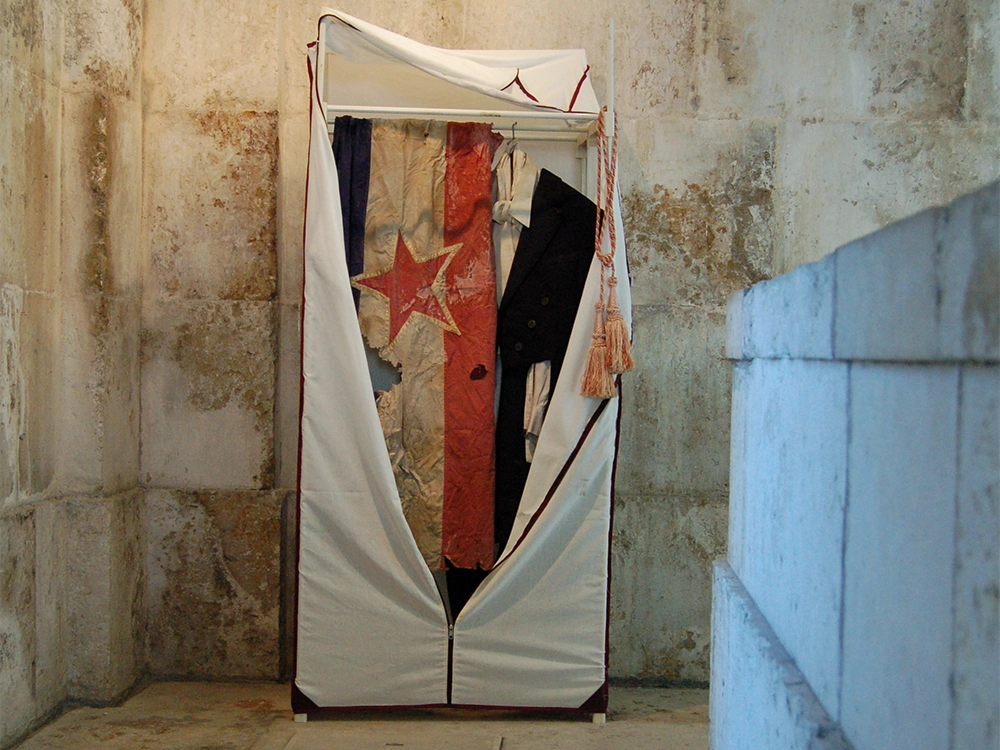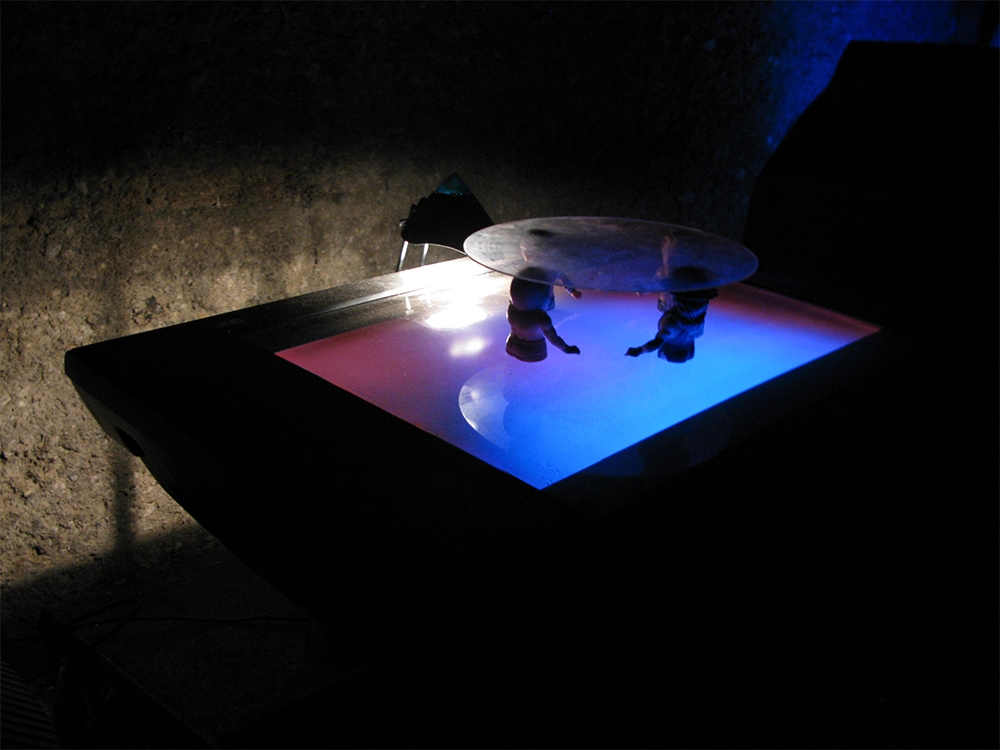FRAGMENTATION
MUSEUM
The Museum of Fragmentation is a special museum dedicated to exploring fragmentation in contemporary art.
Its spaces are located wherever fragments of contemporary art are created, preserved, or exhibited, while the transparent walls of the Internet enable its unstoppable expansion.
In a constant process of growth, the Museum of Fragmentation threatens to become the largest museum in the world.
Its medium is cOntemporary ART TV — through subscription on YouTube and social networks.
The Fragmentation Museum, the first and only one of its kind worldwide, is dedicated to the selection, collection, preservation, and protection of fragments of reality within the field of contemporary art. It explores current phenomena of fragmentation, focusing on the study of the fragment form as an independent, sustainable unit, distinct from the entirety of the artwork. The museum possesses a vast and ever-growing collection of fragments, carefully selecting new ones for exhibitions and research projects. The Fragmentation Museum’s spaces are also fragmented, dispersed across numerous sites worldwide.
The Fragmentation Museum, the first and only one of its kind worldwide, is dedicated to the selection, collection, preservation, and protection of fragments of reality within the field of contemporary art. It explores current phenomena of fragmentation, focusing on the study of the fragment form as an independent, sustainable unit, distinct from the entirety of the artwork. The museum possesses a vast and ever-growing collection of fragments, carefully selecting new ones for exhibitions and research projects. The Fragmentation Museum’s spaces are also fragmented, dispersed across numerous sites worldwide.
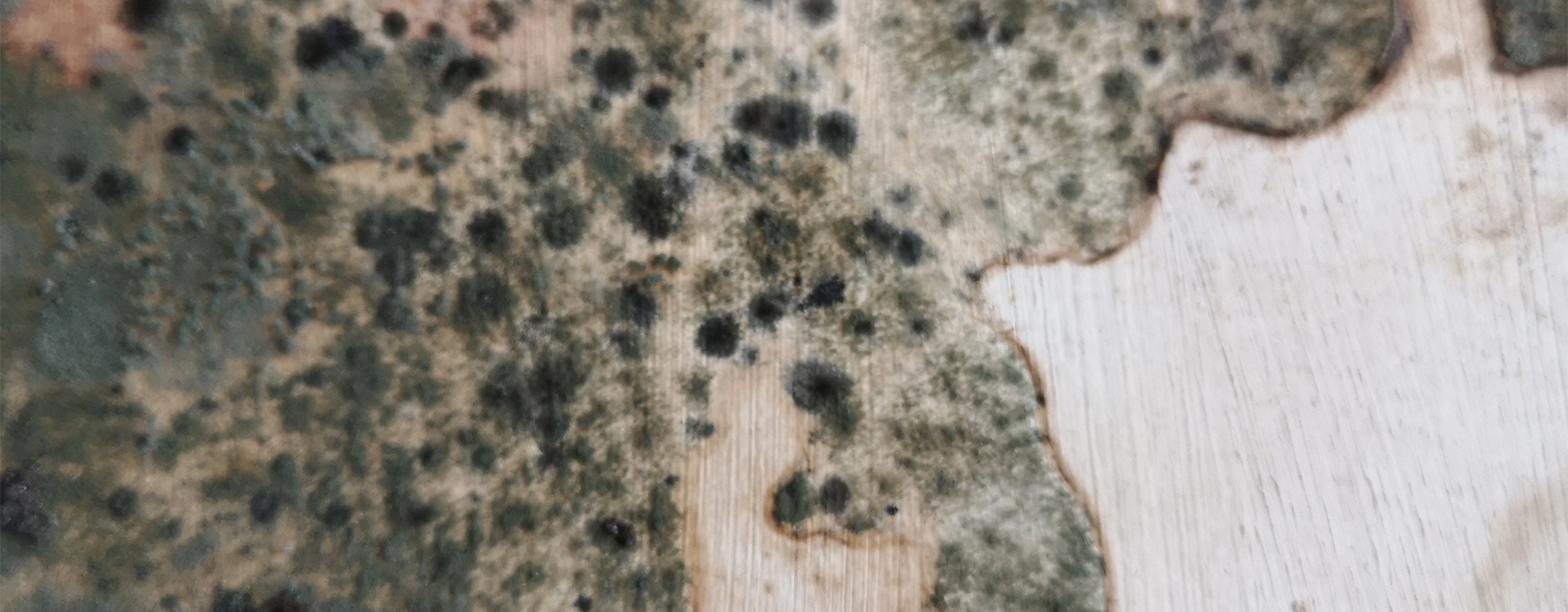
The exhibition
“THE ARTWORK AS A SUSTAINABLE FRAGMENT OF THE PRESENT”
Musée de la Fragmentation 2025
-
Maria Stamenković Herranz – This Mortal House Building 3
Read More: Maria Stamenković Herranz – This Mortal House Building 3THIS FRAGMENT HAS GONE VIRAL, WITH MORE THAN 3 MILLION VIEWS on TikTok At OFFSCREEN Paris 2025, the performance This Mortal House Building 3 by Maria Stamenković Herranz unfolds as a profound durational ritual: over six days, blinded, she constructs a spiral of 1 440 unbaked bricks in the historic Chapelle Saint‑Louis de la Salpêtrière,…
-
OFFSCREEN, Paris, 2025
Read More: OFFSCREEN, Paris, 2025OFFSCREEN Paris 2025, held from October 21–26 at the historic Chapelle Saint-Louis de la Salpêtrière in the 13ᵗʰ arrondissement of Paris, is the fourth edition of the visionary contemporary art fair. Featuring 28 international artists, both historical and contemporary, the event explores moving and still images through immersive installations in a former chapel. The fair…
-
Art Basel Paris 2025 — Grand Palais
Read More: Art Basel Paris 2025 — Grand PalaisThis year’s edition of Art Basel Paris brings together 203 galleries from 40 countries and territories, turning the historic Grand Palais into a global hub of contemporary art. The fair is organised into three distinct sectors: Galeries: 177 galleries in the main sector, showcasing the breadth of modern and contemporary art. Emergence: 16 solo-booths dedicated…
-
Aleksandra Šaranović, ANTIBODIES
Read More: Aleksandra Šaranović, ANTIBODIESThroughout human history, the notion of the body has undergone continuous transformation, reflecting shifting philosophical, religious, and scientific perspectives. From the idea of the physical body as inferior and perishable, a temporary vessel for the immortal soul, through the divine proportions of Vitruvian Man, and later the scientific models of the body as an organic…
-
Fragmentation Museum, Gallery 0=2, Milan Atanaskovic, Beograd 2025
Read More: Fragmentation Museum, Gallery 0=2, Milan Atanaskovic, Beograd 2025With this installation by Milan Atanasković, the Museum of Fragmentation opens its second gallery, 0=2. Set within the post-apocalyptic architecture of the socialist Yugoslav-era shopping center Merkator in New Belgrade, this exhibition-installation presents a condensed resonance of fundamental in-situ fragmentation.
-
Vincent, Surface 2010/2025 Fragmentation Museum
Read More: Vincent, Surface 2010/2025 Fragmentation MuseumThere is an object, in the darkness, in the basement of an old house called Bloc-House: a rotting wooden crate filled with books, papers, newspapers — left behind for a century, like a mass of words, sentences, meanings slowly merging in a hundred-year process of dissolution. No one can, or wants to, or even could,…
-
Jérôme Bouchez, Paris is Burning 2009-2025 / Fragmentation Museum
Read More: Jérôme Bouchez, Paris is Burning 2009-2025 / Fragmentation MuseumJérôme Bouchez’s contribution to the Museum of Fragmentation is a kind of map of fragments, traces, documents, images, and sketches of works spanning over 15 years, condensed into an installation within a space usually reserved for solitude. This space is transformed into a temple of fleeting flashes of everyday life, of horror and pleasure, politics…
-
Fragmentation Museum, Gallery 0=1, Milan Atanaskovic, Paris 2025
Read More: Fragmentation Museum, Gallery 0=1, Milan Atanaskovic, Paris 2025The Fragmentation Museum opens its doors with the exhibition “THE ARTWORK AS A SUSTAINABLE FRAGMENT OF THE PRESENT”, inaugurating its first space, Gallery 0=1, in Paris, 2025. Fragmented, fractured, and inherently unstable itself, the exhibition gathers fragments from multiple contemporary artists, beginning with Milan Atanasković — both the author and the first curator of the…
-
Olga Kisseleva, POWER STRUGGLE DC *, April–May 2020
Read More: Olga Kisseleva, POWER STRUGGLE DC *, April–May 2020Olga Kisseleva’s artistic projects are rooted in rigorous research and demand extensive preparation. The COVID-19 pandemic offered her an opportunity to focus on the behavior of viruses, giving rise to a new edition of her long-term project Power Struggle. Originally initiated in 2011 for the exhibition Red Cavalry: Creation and Power in Soviet Russia between…
-
Véronique Durazzo & Didier Ducrocq PORTRAIT, 3 minutes, 6 years
Read More: Véronique Durazzo & Didier Ducrocq PORTRAIT, 3 minutes, 6 years« PORTRAIT, 3 minutes, 6 years»Video installation – variable dimensionsDuration: 6 yearsVéronique Durazzo | Didier Ducrocq – 2018 Video installation – variable dimensionsDuration: 6 yearsVéronique Durazzo | Didier Ducrocq – 2018 The screen has become the contemporary mirror. This work explores the boundary between surface, illusionistic image, and time. Such a questioning is only possible…
-
Maria Stamenković Herranz – This Mortal House Building 3
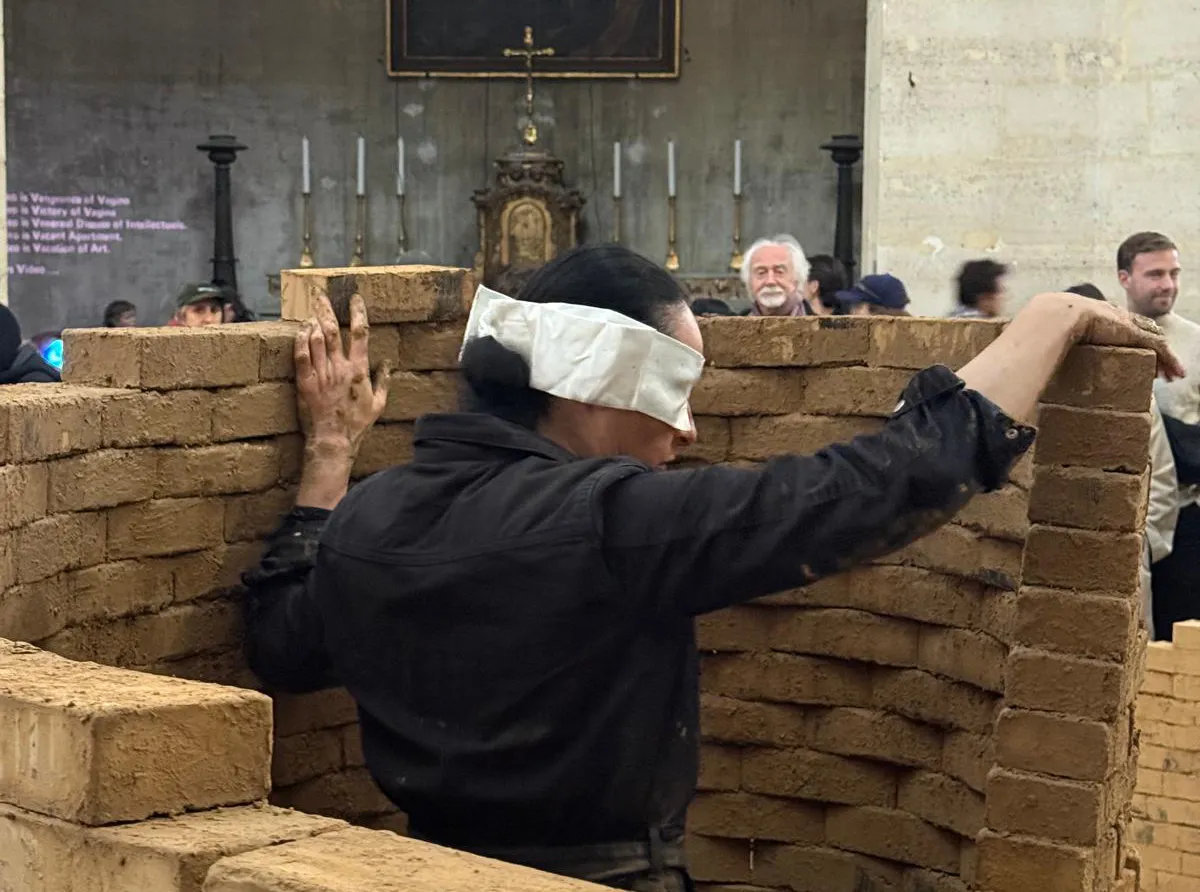
THIS FRAGMENT HAS GONE VIRAL, WITH MORE THAN 3 MILLION VIEWS on TikTok At OFFSCREEN Paris 2025, the performance This Mortal House Building 3 by Maria Stamenković Herranz unfolds as a profound durational ritual: over six days, blinded, she constructs a spiral of 1 440 unbaked bricks in the historic Chapelle Saint‑Louis de la Salpêtrière,
-
OFFSCREEN, Paris, 2025
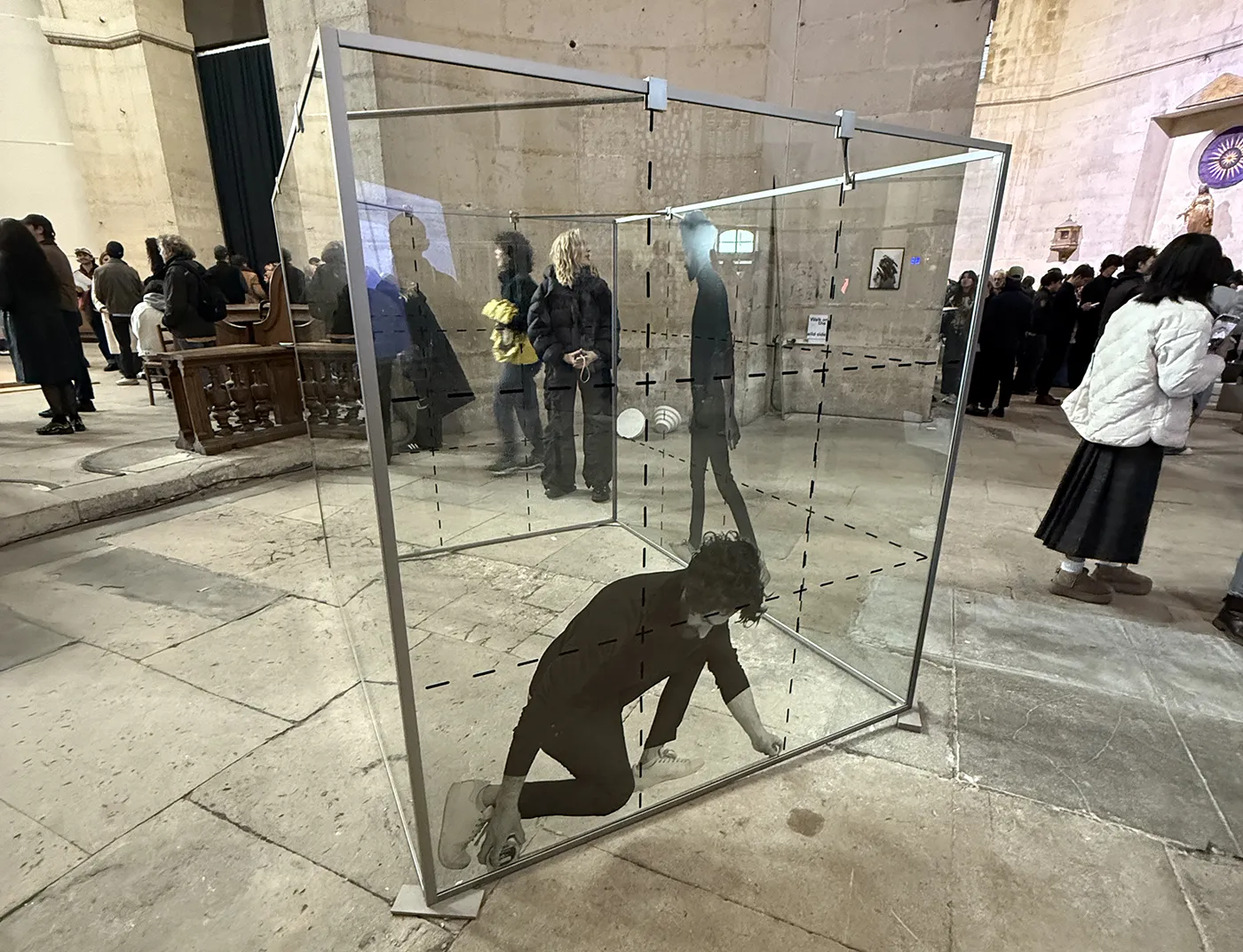
OFFSCREEN Paris 2025, held from October 21–26 at the historic Chapelle Saint-Louis de la Salpêtrière in the 13ᵗʰ arrondissement of Paris, is the fourth edition of the visionary contemporary art fair. Featuring 28 international artists, both historical and contemporary, the event explores moving and still images through immersive installations in a former chapel. The fair
-
Art Basel Paris 2025 — Grand Palais
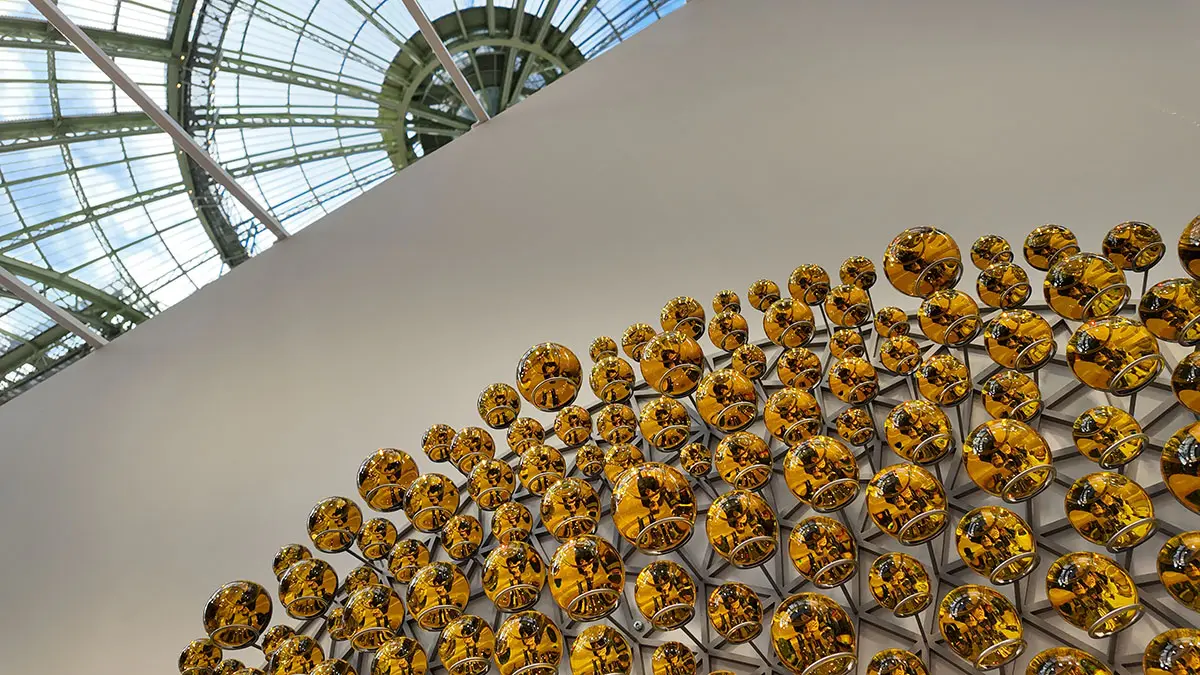
This year’s edition of Art Basel Paris brings together 203 galleries from 40 countries and territories, turning the historic Grand Palais into a global hub of contemporary art. The fair is organised into three distinct sectors: Galeries: 177 galleries in the main sector, showcasing the breadth of modern and contemporary art. Emergence: 16 solo-booths dedicated
-
Aleksandra Šaranović, ANTIBODIES

Throughout human history, the notion of the body has undergone continuous transformation, reflecting shifting philosophical, religious, and scientific perspectives. From the idea of the physical body as inferior and perishable, a temporary vessel for the immortal soul, through the divine proportions of Vitruvian Man, and later the scientific models of the body as an organic
-
Fragmentation Museum, Gallery 0=2, Milan Atanaskovic, Beograd 2025
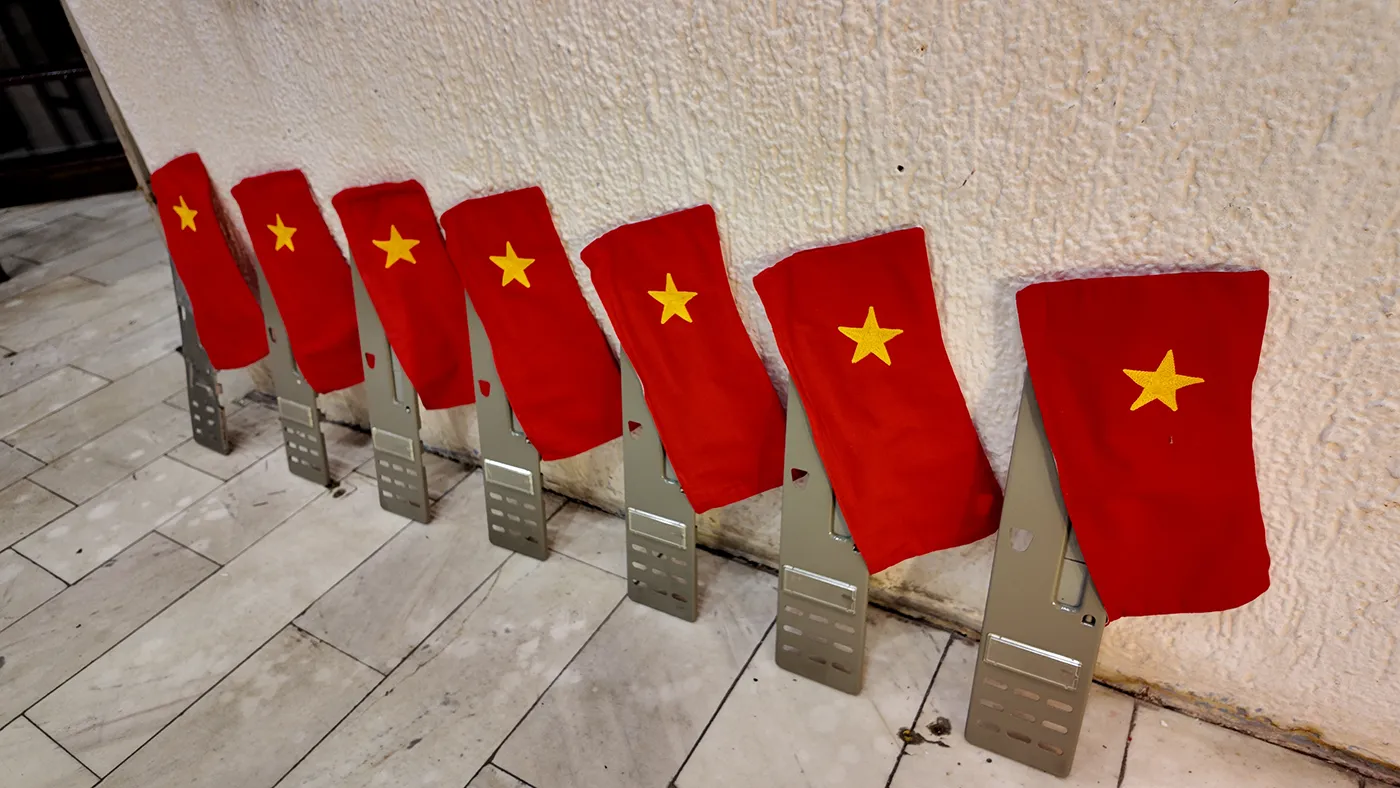
With this installation by Milan Atanasković, the Museum of Fragmentation opens its second gallery, 0=2. Set within the post-apocalyptic architecture of the socialist Yugoslav-era shopping center Merkator in New Belgrade, this exhibition-installation presents a condensed resonance of fundamental in-situ fragmentation.
-
Vincent, Surface 2010/2025 Fragmentation Museum
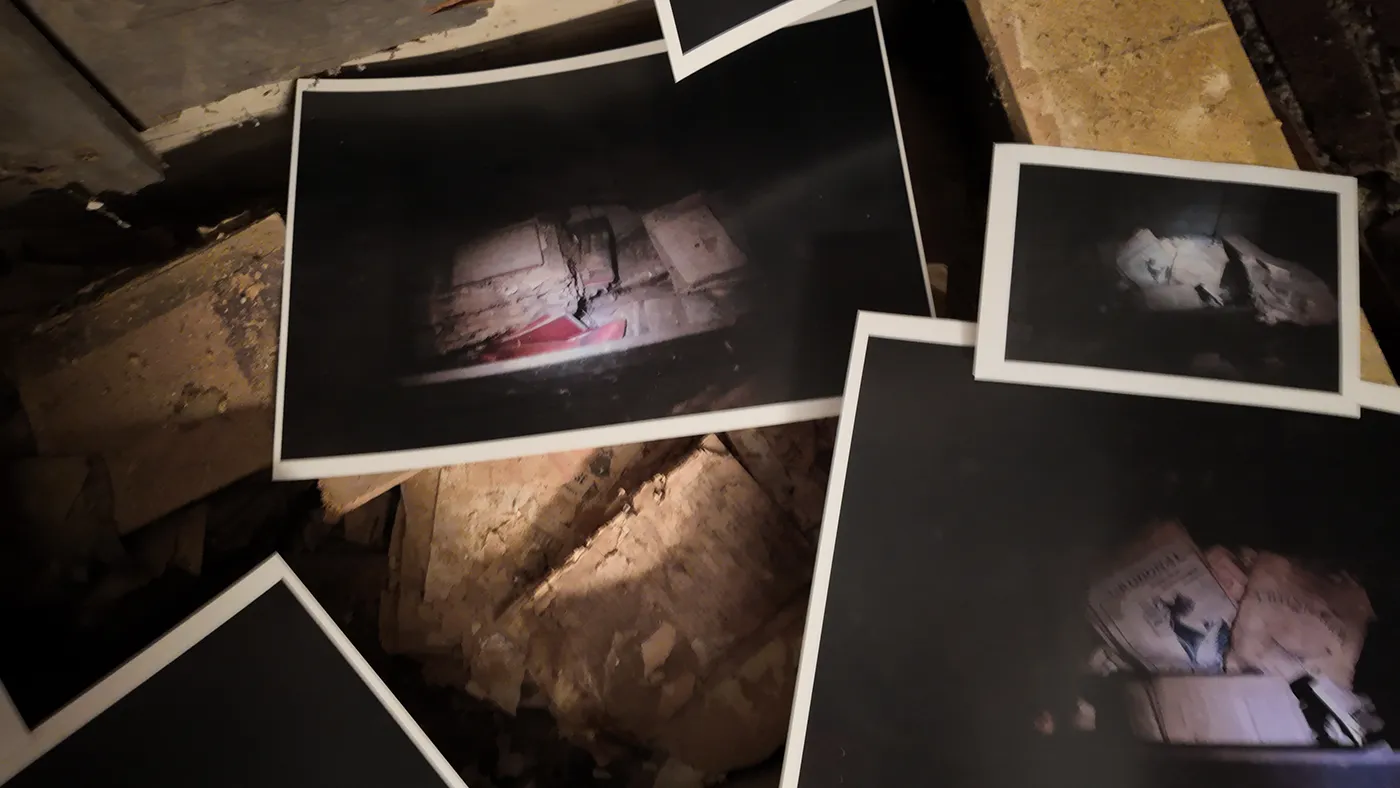
There is an object, in the darkness, in the basement of an old house called Bloc-House: a rotting wooden crate filled with books, papers, newspapers — left behind for a century, like a mass of words, sentences, meanings slowly merging in a hundred-year process of dissolution. No one can, or wants to, or even could,
-
Jérôme Bouchez, Paris is Burning 2009-2025 / Fragmentation Museum
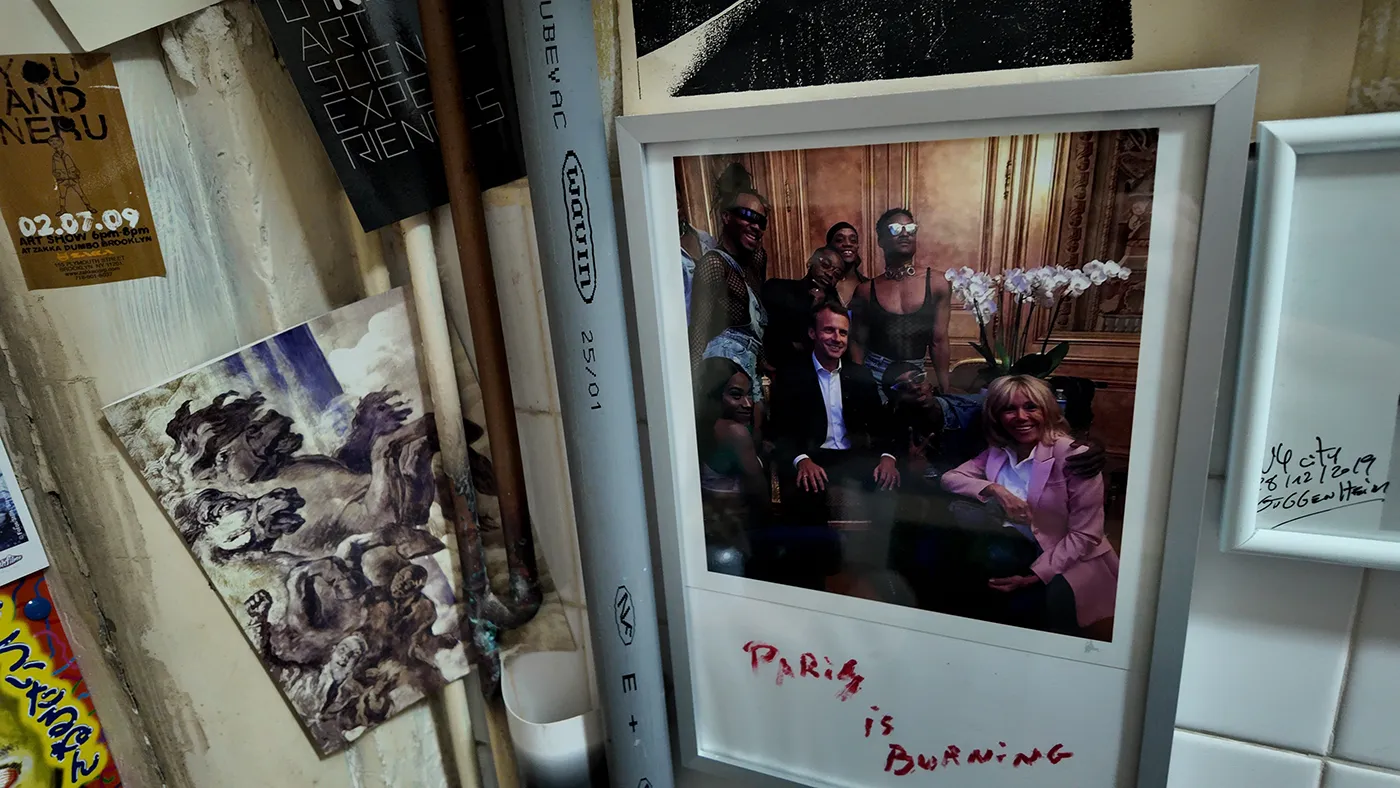
Jérôme Bouchez’s contribution to the Museum of Fragmentation is a kind of map of fragments, traces, documents, images, and sketches of works spanning over 15 years, condensed into an installation within a space usually reserved for solitude. This space is transformed into a temple of fleeting flashes of everyday life, of horror and pleasure, politics
-
Fragmentation Museum, Gallery 0=1, Milan Atanaskovic, Paris 2025
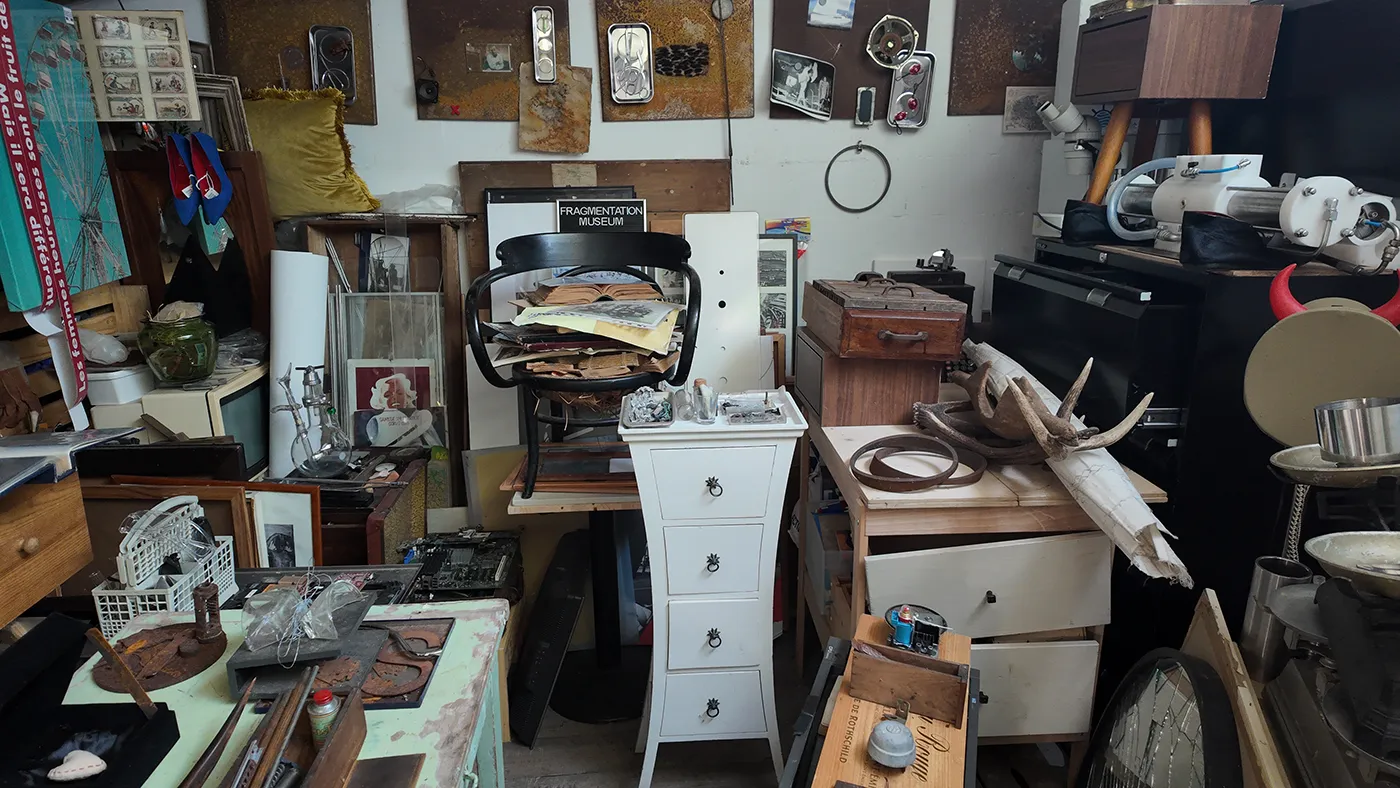
The Fragmentation Museum opens its doors with the exhibition “THE ARTWORK AS A SUSTAINABLE FRAGMENT OF THE PRESENT”, inaugurating its first space, Gallery 0=1, in Paris, 2025. Fragmented, fractured, and inherently unstable itself, the exhibition gathers fragments from multiple contemporary artists, beginning with Milan Atanasković — both the author and the first curator of the
-
Olga Kisseleva, POWER STRUGGLE DC *, April–May 2020

Olga Kisseleva’s artistic projects are rooted in rigorous research and demand extensive preparation. The COVID-19 pandemic offered her an opportunity to focus on the behavior of viruses, giving rise to a new edition of her long-term project Power Struggle. Originally initiated in 2011 for the exhibition Red Cavalry: Creation and Power in Soviet Russia between
-
Véronique Durazzo & Didier Ducrocq PORTRAIT, 3 minutes, 6 years

« PORTRAIT, 3 minutes, 6 years»Video installation – variable dimensionsDuration: 6 yearsVéronique Durazzo | Didier Ducrocq – 2018 Video installation – variable dimensionsDuration: 6 yearsVéronique Durazzo | Didier Ducrocq – 2018 The screen has become the contemporary mirror. This work explores the boundary between surface, illusionistic image, and time. Such a questioning is only possible
